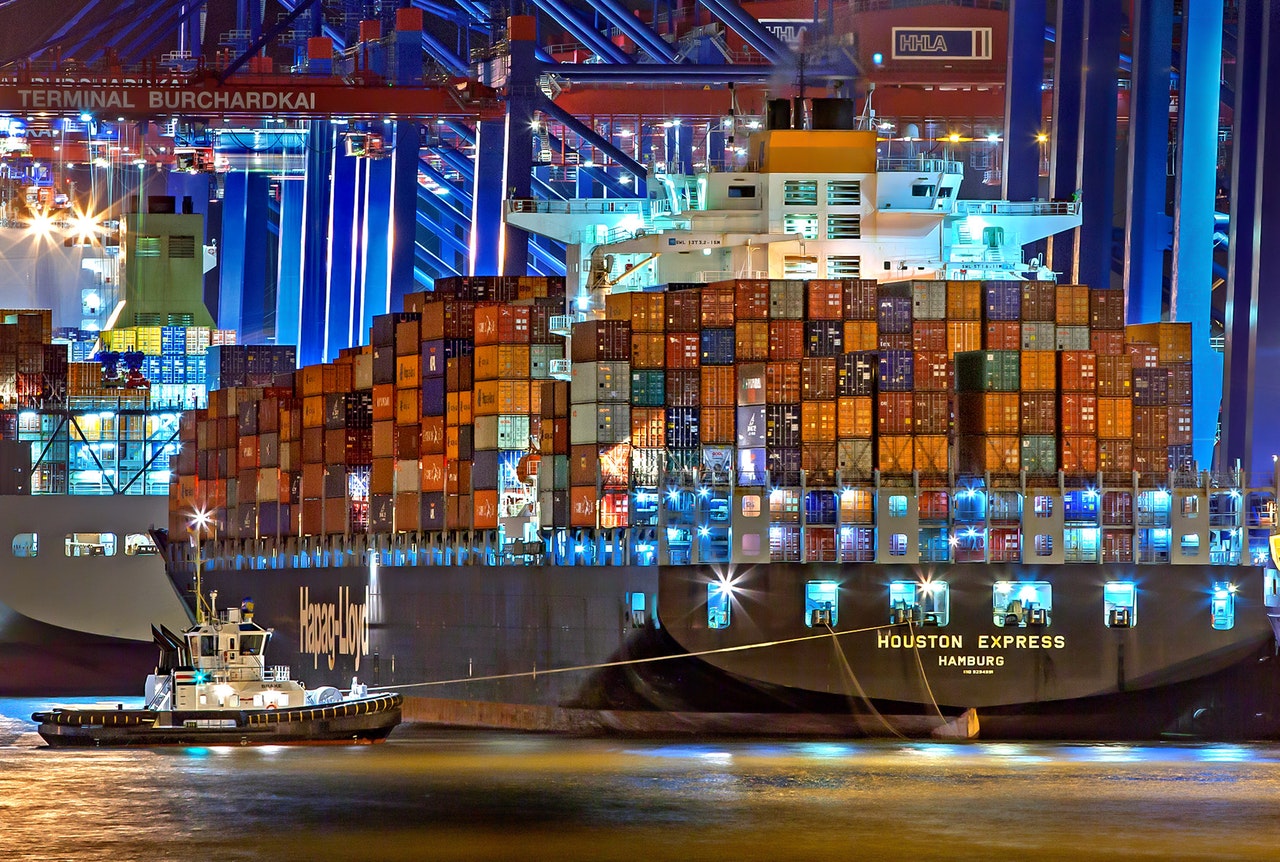- Entrance of new players (Amazon’s Prime Wardrobe, new direct-to-consumer brands)
- Rising investment costs required to mitigate sustainability impact of the fast-fashion business
No good news for developed markets
Among the largest textile markets there are two major groups. On the one side, the developed countries demonstrate slow or negative sales growth. This trend translates into the top-line challenges even for the largest apparel manufacturers. For example, H&M group has recently announced a -2% decline in sales over the fiscal year 2017 revealing plans to close a record number of stores in 2018, with most of them located in the developed markets. On the other side, the emerging markets represent the biggest long-term growth opportunities and despite the fact that the size of some emerging markets, such as China and India, already surpasses that of some matured markets there is still plenty of room for growth considering their current per capita spending and the rise of the middle class.
The two most important challenges faced by the industry are both related to technologies. One is developing an online sales channel to offset the declining sales in physical stores and failure to do so may have serious consequences as suggested by an impressive number of insolvent clothing retailers in the US in 2017, which partly explains our “sensible” risk stance in this country. Another one is investing in automatization technologies helping to improve margins in the context of ever increasing labor cost in countries traditionally considered low-cost. On top of that Amazon’s first investments in the fashion industry were made last year and more moves in this direction can be expected in 2018 adding to the list of worries for companies targeting low to middle income consumers.
